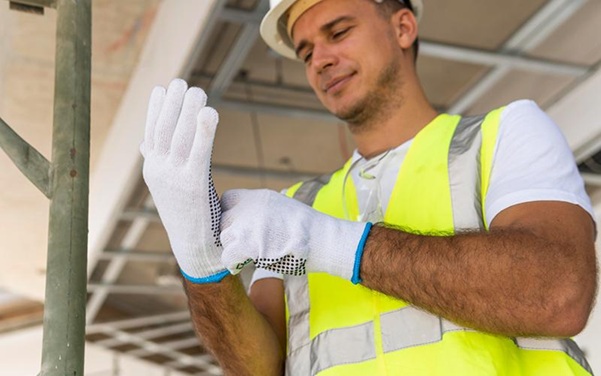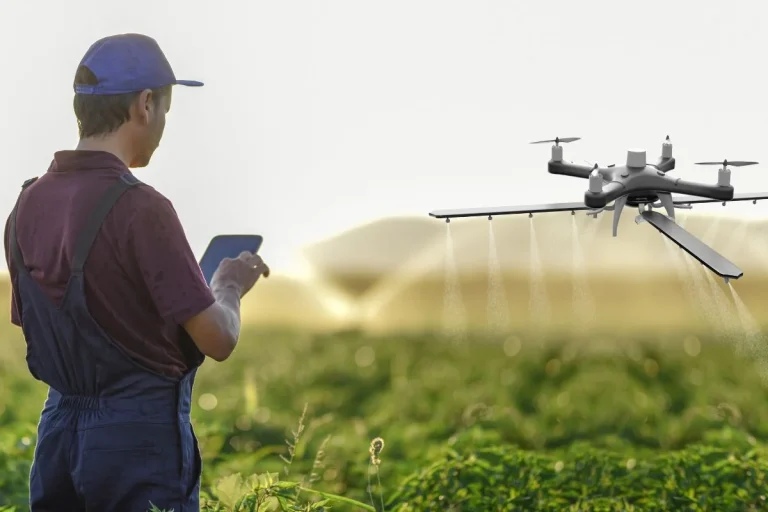Innovative Approaches to Pharmaceutical Cleanroom Safety

Ensuring the sterility and overall safety of pharmaceutical cleanrooms has never been more critical. With the rapid evolution of technology and increasing regulatory demands, the pharmaceutical industry is continually seeking innovative methods to refine cleanroom environments. This blog explores advanced strategies designed to enhance cleanroom safety, integrating smart technologies and sustainable solutions.
The Critical Importance of Cleanroom Safety
In pharmaceutical manufacturing, the cleanroom is the cornerstone of product quality. These environments must be maintained at the highest standards to prevent contamination that can compromise drug efficacy and patient safety. With even the slightest lapse in preventive measures, sterilization and process integrity can be jeopardized. Innovative approaches today aim to minimize risk and protect every stage of the manufacturing process, reinforcing the critical relationship between cleanroom safety and public health.
Evolving Challenges and the Need for Adaptation
As technology advances, pharmaceutical companies face an ever-changing landscape. Novel contaminants, increasingly stringent regulations, and emerging manufacturing techniques all pose challenges to traditional cleanroom designs. To address these issues, companies are integrating state-of-the-art solutions that complement human expertise with digital precision and sustainable practices. These innovations elevate the safety of cleanroom environments and optimize operational efficiency across the board.
Cutting-Edge Technologies in Cleanroom Safety
Modern cleanrooms now incorporate sensor networks that monitor air quality in real time. These systems track key parameters—temperature, humidity, and particulate levels—to immediately detect any anomalies. With continuous surveillance, facility managers can quickly respond to deviations before they evolve into serious contaminant issues. Such integration of sensor technology ensures that environmental conditions remain within narrow safety margins, preserving the sterile nature of the space.
Next-Generation Building Materials and Design
Today’s cleanrooms are built using innovative materials that are easier to clean and inherently resistant to microbial growth. Surfaces coated with antibacterial agents or designed with smooth, non-porous finishes count as preventive measures against contamination. In addition, modular design concepts allow for flexibility and rapid reconfiguration, meaning that facilities can adapt quickly to new production requirements or regulatory updates. These design improvements are paving the way for safer, more responsive cleanroom environments.
Automation and Robotics
Human intervention is one of the most significant contributors to cleanroom contamination. To address this challenge, many facilities now employ robotic cleaning systems and touchless interfaces. These automated processes reduce the need for physical contact, thereby maintaining the sterile conditions crucial to pharmaceutical production. Additionally, robotic systems are often equipped with advanced cleaning technologies that deliver consistent and repeatable results, further enhancing the overall safety of the environment.
Microbial Testing
Microbial testing remains a fundamental practice to ensure that a cleanroom remains free from harmful contaminants. Traditional methods of culturing and manual sampling are increasingly being supplanted by rapid, real-time testing technologies. Techniques powered by advanced molecular diagnostics offer the capability to detect even trace amounts of microbial life. These technologies provide near-instant feedback, enabling facility managers to address emerging contamination issues before they can impact production quality. For more information, contact a service provider like ICCAT (Cleanroom Certification and Test).
Real-Time Monitoring and Data-Driven Decision Making
The integration of continuous real-time microbial monitoring systems has revolutionized cleanroom management. By combining data analytics with cutting-edge testing methods, operators can now track contamination trends over time. This proactive approach not only improves immediate response times but also helps in the prediction and prevention of potential issues. For example, when a subtle increase in microbial presence is detected, automated alerts prompt targeted cleaning or procedural adjustments, ensuring that the environment remains meticulously sterile. This synergy between technology and data empowers teams to make informed decisions that protect both the integrity of the product and the health of the end users.
Enhancing Regulatory Compliance with Innovative Testing
Many regulatory bodies now expect cleanrooms to incorporate robust microbiological monitoring as part of their quality assurance protocols. By investing in advanced microbial testing technologies, pharmaceutical companies can demonstrate a commitment to not only meeting but exceeding these high standards. This investment in innovation helps to maintain a culture of vigilance and continuous improvement, ultimately enhancing both internal processes and external trust.
Commercial Wastewater Treatment
Pharmaceutical manufacturing generates a significant amount of wastewater as a byproduct of various processes including cleaning, sterilization, and chemical synthesis. This wastewater, if not treated adequately, can pose environmental risks and even affect the integrity of the production process itself. Commercial wastewater treatment has emerged as a critical component in ensuring that this water is managed responsibly, safeguarding both local ecosystems and the overall manufacturing environment.
Integrating Sustainable Practices into Pharmaceutical Production
Modern wastewater treatment systems are designed to handle complex mixtures of chemicals, organic compounds, and residual contaminants. By employing a range of techniques—physical filtration, chemical treatment, and biological processes—these systems transform contaminated water into a reusable resource. This treated water can be reintroduced into the manufacturing process for purposes such as equipment cleaning and cooling.
Intelligent Monitoring for Enhanced Treatment Efficiency
Similar to how real-time monitoring has revolutionized microbial testing, advanced sensors and data analytics are now being integrated into wastewater treatment systems. Continuous monitoring of water quality parameters ensures that treatment processes are operating at peak efficiency, with any deviations quickly flagged for attention. This intelligent oversight streamlines maintenance routines and supports robust risk management frameworks. As the pharmaceutical industry pushes further into sustainable practices, the coupling of wastewater treatment with digital monitoring stands as a testament to the synergy between technology and environmental responsibility. For more information contact a manufacturer like Blue Earth Products.
Integrating Technology with Human Expertise
No matter how advanced the technology deployed in pharmaceutical cleanrooms, the human element remains indispensable. Regular training sessions and skill development ensure that operators are well versed in both traditional procedures and emerging technologies. This combination of expertise enables facilities not only to detect issues with precision but also to take swift corrective action. By fostering a culture of continuous improvement and emphasizing the critical role of human judgment, companies can build more resilient and adaptive cleanroom environments.
Collaborative Innovation
Partnerships between technology developers and pharmaceutical engineers have led to the creation of integrated systems that automatically consolidate data from multiple sources. These comprehensive control platforms allow teams to oversee everything from air quality and microbial presence to wastewater treatment metrics in one central dashboard. This all-in-one approach reduces reaction times and promotes a more cohesive operational strategy, ensuring that every facet of cleanroom safety is managed in real time. The result is a streamlined, data-driven environment where innovative solutions work hand-in-hand with human oversight.
Pioneering a New Standard for Safety
Innovative approaches to pharmaceutical cleanroom safety are driving a significant evolution in how these critical environments are managed. The emergence of real-time microbial testing and advanced commercial wastewater treatment systems is reshaping industry standards, offering robust solutions that meet and exceed modern regulatory demands. By integrating these technologies with human expertise, companies create a dynamic and responsive safety net that safeguards every stage of production.








